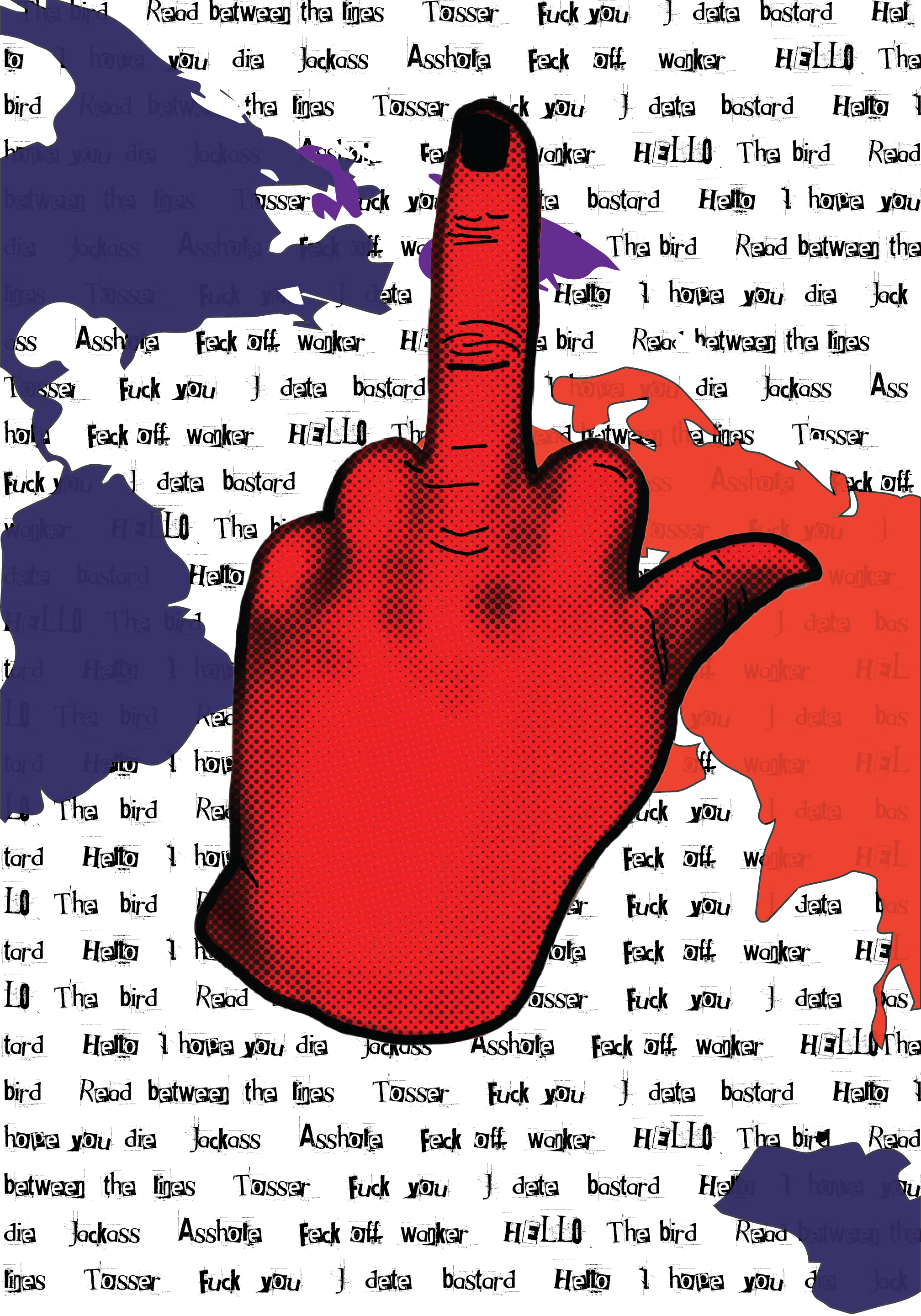Don‘t Point It’s Rude
Anthony Ornelas
The global evolution of hand gestures and their meanings are continuously expanding. Don't Point It’s Rude underscores the significance of cultural awareness in navigating these subtle yet powerful communicative cues, especially in the context of travel and immigration. This thesis delves into the semiotic complexities of hand gestures, highlighting their global evolution and cultural variations. Semiotic theory is the systematic study of signs and their communication of meaning. Specifically, I am concentrating on exploring connotations and denotations within the theory of semiotics. According to research done by Maricopa Community College, “the expansion of media, particularly from the United States and other western countries around the world, is leading to more nonverbal similarities among cultures;”1 however, not all the similarities carry the same meaning. Don’t Point It’s Rude aims to explore the relationship between semiotics and social norms as they relate to offensive hand gestures. It’s fascinating how semiotic recognition of the hitchhiking gesture can grant an individual access to a potential free ride. Simultaneously, in a different cultural context, the same thumbs-up gesture can carry connotations like the middle finger, showcasing the complex and nuanced nature of hand gestures in communication.
Don’t Point It’s Rude identifies that “gestures are a form of embodied imagery and action triggered during speech production when mental simulations cross over and physically activate the motor system.”2 This means that our minds tend to pay attention to the gestures people make when employing their words. All countries have varying cultural norms regarding hand gestures. In Asian countries, especially in Japan, nonverbal communication holds significant importance, where it is considered the social norm, reflecting a "Noncontact culture.”3 Recognizing these diverse social norms is crucial while traveling to have the necessary knowledge to determine whether a seemingly polite gesture could be misinterpreted as a direct insult. Don't Point It's Rude offers an informative visual exposition on the divergent nature of hand gestures. The exhibit highlights three acrylic holders featuring iconic gestures – the middle finger, the V sign (back-handed Peace sign), and the thumbs up. This presentation highlights the offensive connotations these gestures hold in certain cultural contexts. The visuals are valuable for enhancing recognition and understanding of these nuanced meanings across different countries.
Don't Point It’s Rude underscores the significance of cultural awareness in interpreting hand gestures, enabling smoother cross-cultural communication. Understanding the global evolution of gestures equips individuals to navigate nonverbal cues sensitively and effectively, fostering better interactions while traveling.
1"4.4 Nonverbal Communication in Context," Maricopa Open Educational Resources, https://open.maricopa.edu/com110/chapter/4-4-nonverbal-communication-in-context/ (accessed November 6, 2023)
2 Kelly, Spencer D., and Quang-Anh Ngo Tran. “Exploring the Emotional Functions of Co-Speech Hand Gesture in Language and Communication.” Topics in Cognitive Science (2023).
3"4.4 Nonverbal Communication in Context," Maricopa Open Educational Resources,
personal Instagram: @tony_ornelas64
Design Instagram: @Tonyornelas.Designs
Linking: Tony Ornelas





